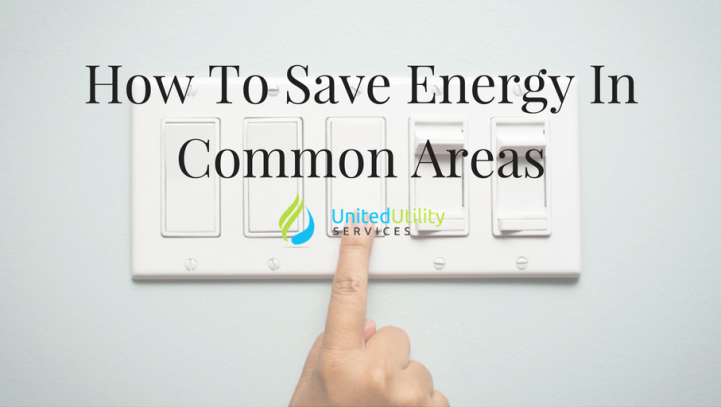Tips On How To Save Energy in Common Areas
It always pays to plan ahead, especially when it comes to property management. If a cold winter is in store for you and your properties, preparing for the drop in temperature is a must to avoid utility bills that wreck your budget for your properties’ common areas.
Lighting
Did you know that the Energy Information Administration estimates that roughly a quarter of electric bills are linked to lighting costs? Upgrading your lights to energy efficient alternatives is something management should seriously consider as soon as possible.
Insulation
One major factor that contributes to energy savings is proper insulation of common areas, such as window, entry ways, doors and ceilings. A quick way to do this without going overbudget is by rolling out better insulation in your building’s ceiling spaces. This insulation can lead to a whopping 20% of savings on your next few utility bills.
Maintenance
The upkeep of your buildings’ central systems is key. Because more than half of a building’s energy cost is due to heating and/or cooling, it is essential to make sure that the HVAC is running at peak efficiency before winter arrives. Consulting an expert to check up your system is a worthwhile investment and you’ll see returns in the form of energy savings.
Windows
Based on a report from the Environmental Protection Agency, windows make up a quarter of a building’s energy expenses. Making use of blinds, sealed air gaps, awnings, UV window tints and insulated curtains can result in big savings.
Doors
Prevent the cold from creeping in your building by resealing doors with improved weather stripping. Address vents that have central fans or airconditioning vents. You can even install shutter seals if simply closing vents doesn’t work, and then remove them once spring comes around.
Phantom Energy
Idle equipment can still use energy and it is often called vampire load or phantom power. Appliances, computers and other equipment plugged into their socket even when not in use can account for a whopping 10% of your total electric bill. The quick fix? Just unplug them when not in use!




